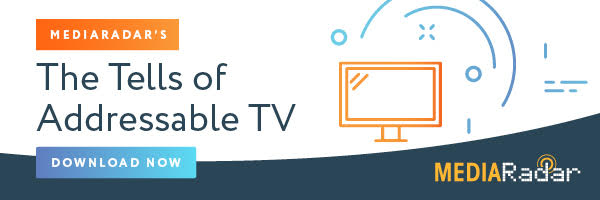If Silicon Valley’s motto is “Move fast and break things,” then advertising’s motto could very well be “Try to keep up.” Ad tech is constantly expanding and consumer preferences and consistently shifting.
Video is the new favorite type of content. Programmatic, which was relegated to the realm of digital banners just a few years ago, now looks promising for television. And most customers want a multi channel marketing approach from their favorite brands.
With both ad tech and media consumption changing every year, publications need to simultaneously deliver new value to their ad buyers and convince ad buyers to get out of their comfort zone with ad spend.
For many advertisers, the idea of staying the course is much more appealing than going out on a limb. How do you convince them of the latter?
Recognize the Norm But Focus on the Deviation
First things first: speak to your prospects where they are, not where you think they should be. Recognize the tactics and creatives they’ve used in the past. Use the research tools to see where your prospects advertise and where they put the lion’s share of their ad dollars. With the right tool, you can:
- See how your prospects are allocating their advertising budgets, and whether they value linear TV, digital, mobile, email, print or programmatic advertising.
- See your prospects’ most recent creatives and how it plugs into their brand messaging.
With that information in your arsenal, you can create a more compelling pitch for a new ad format or package. The format you pitch isn’t coming out of nowhere for your prospects — it’s rooted in where they have been and where they want to go.
Along these lines, you recognize that what your prospects are doing is the norm — but you want to show them how to deviate for better results.
Translate New Ad Formats & Packages into ROI
Speaking of results, you want to deal in hard numbers and examples, not fanciful ideas of where your prospect’s industry is heading.
To start, be ready with examples of what your prospect’s advertising creatives could look like with the package or format that you are pitching. Show, don’t tell. If possible, prepare a mockup to give your prospects a real-world view of what you can provide.
You can also contextualize your new portfolio with wider advertising trends.
To help a brand otherwise focused on out-of-home or brand-focused ads understand the value of retargeting, for example, talk about what is and isn’t working for the modern customer. “There are too many brands focused on getting in front of eyeballs instead of educating their audience on the value of their product,” writes Michael Lisovetsky at AdAge.
Finally, be ready to answer (in detail) the question: “How can I know that this will be worth the risk for me?”
Prepare examples of success stories of advertisers being rewarded by turning to a new ad format in their spending. How does conversion on a paid banner ad compare to traffic from a native ad column, for example?
Round your pitch out by highlighting a handful of metrics in your pitch that will help brands see the difference going out on a limb makes in a matter of months.





